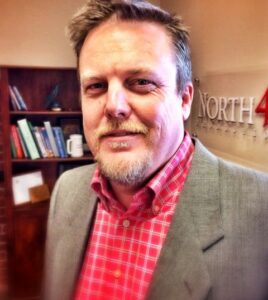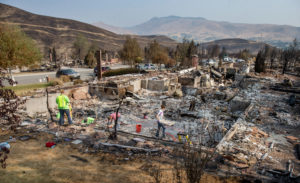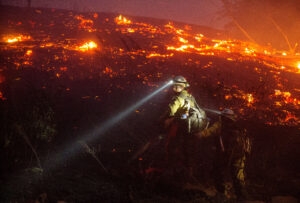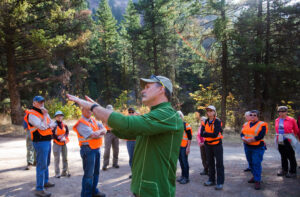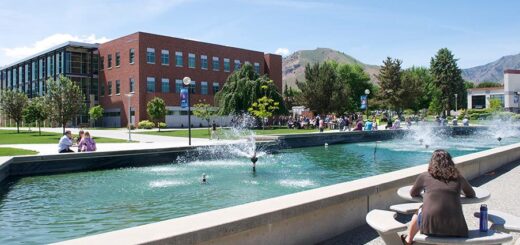The Wildfire Project Pt. 1: New multimedia project shows us ways we can reduce wildfire risks
Our North Central Washington communities are taking meaningful and crucial steps to address the threat of wildfire and increase community resilience. The foundation is being laid to make our region a national model of reducing the threat from wildfire.
To realize this audacious yet achievable goal, North 40 Productions has teamed up with the Wenatchee Valley Museum and Cultural Center and Dr. Paul Hessburg of the U.S. Forest Service to develop a multimedia presentation to raise awareness and change the way we think about wildfire. This fall, the presentation will be delivered to communities in our region and in other parts of the Northwest as a way of promoting significant change in how we manage forests and prepare for fire.
The last two summers have shown us in no uncertain terms that we are living in an era of megafires that, if we don’t addressed the root causes, will change forever the place that we call home.The Wildfire Project is designed to give ordinary folks like you and me the information and the context to not only prepare our homes and neighborhoods to be wildfire resistant but also offers great hope that working with state and federal agencies, we can address this massive problem.
The project builds on the work of photographer John Marshall, who has chronicled with visual evidence the changing landscape over decades. Those images show how current management practices and approaches have unintentionally led us into this difficult situation. Decades of aggressive fire suppression and selective cut harvesting methods have contributed greatly to the unhealthy forest conditions that exist. An estimate 40 percent of the forests in Washington and Oregon are dangerously unhealthy — overgrown, diseased and highly susceptible to megafires like we saw the last two years — blazes so massive that they were virtually unstoppable and tremendously destructive to property and our forests.
The North 40 team and Hessburg have collaborated on the development of a presentation highlighted by a series of videos that illustrate the threat we are all facing. The first video explores the Sleepy Hollow Fire that torched 30 homes and three warehouses in Wenatchee a year ago. Other clips show the devastating impact of losing your home to wildfire, the beneficial and important role that fire plays in our landscape, a history of firefighting efforts and their unintended consequences, how the landscape has changed, as well as the safety of firefighters and homeowners and the beneficial role of prescribed burning and mechanical thinning.
The tapestry that is woven sets out to demonstrate that with creative thinking, local initiative and support from federal and state agencies, we have the opportunity to restore forest health over time and reduce the risk of these devastating wildfires. North 40 Productions has been working on the issue of wildfires for four years, a full two years before the megafires of 2014 and 2015 that shocked us all and that led to a concerted local effort led by the museum to address the wildfire threat.
It has become apparent that leaving the forest alone is a recipe for disaster and that actively managing these resources effectively is crucial. Vaagen Bros. Lumber Co. in Colville has developed approaches that improve forest health and leave standing enough trees so that when fires come through, the flames stay close to the ground and out of the crowns of the trees. When those fast-moving fires are moving crown-to-crown rapidly, they are exceedingly difficult to control. The Forest Service and Department of Natural Resources have had success with prescribed burns to clear out undergrowth and make areas more fire resilient. But that’s happening on a scale far too meager to make a real difference.
Solving this challenge is a huge undertaking but it is possible, according to Hessburg and Ostenson. It will take decisive local actions, a willingness to create a timber industry and greatly expand prescribed burning, and investments by the state and federal government to address this issue.
This is just the sort of audacious project that the folks in North Central Washington love to tackle. The more we take responsibility and change the things we can to become more resilient, the greater the chance that federal and state agencies will pitch in and do their part.


